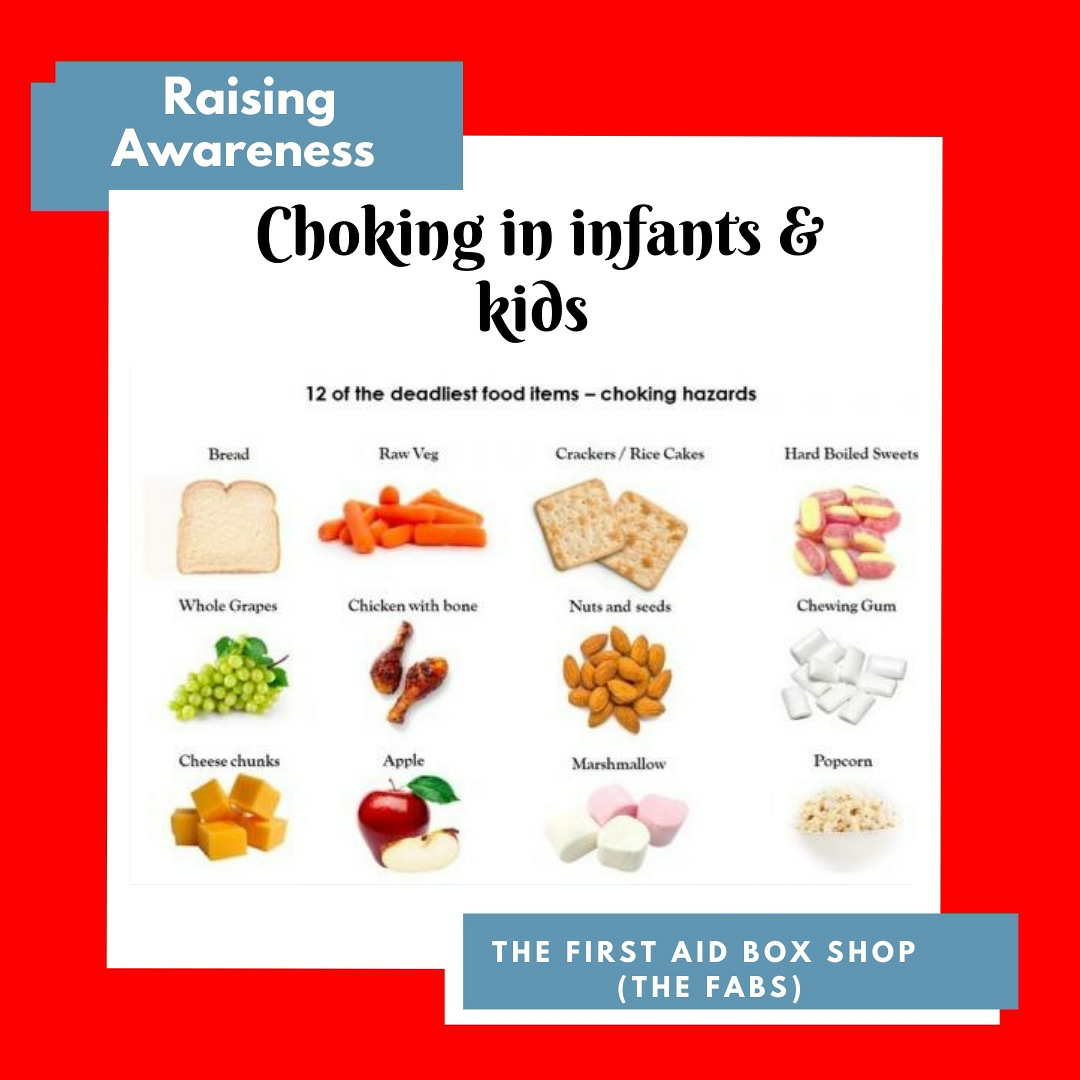Thermometers are a must have

It's no news that a thermometer is the most reliable instrument for checking temperature. The normal body temperature is about 37⁰C The range for babies and children is 36.6-37.2⁰C The range for adults is 36.1-37.2⁰C A temperature increase above the normal range (fever) is indicative that there is some drama going on in the body. It should not be ignored and of course a thermometer is the best instrument to give that info. Fevers in babies and kids, if not put in check can lead to a couple of complications e.g seizures. So it's important that your first aid kit should have a thermometer, especially if there are babies and older kids that the first aid kit/box is catering for. #Temperature #BodyTemperature #Thermometers #FirstAid #FirstAidKit ##FirstAidSavesLives #TheFABS #TheFirstAidBoxShop #BeFABulouS






